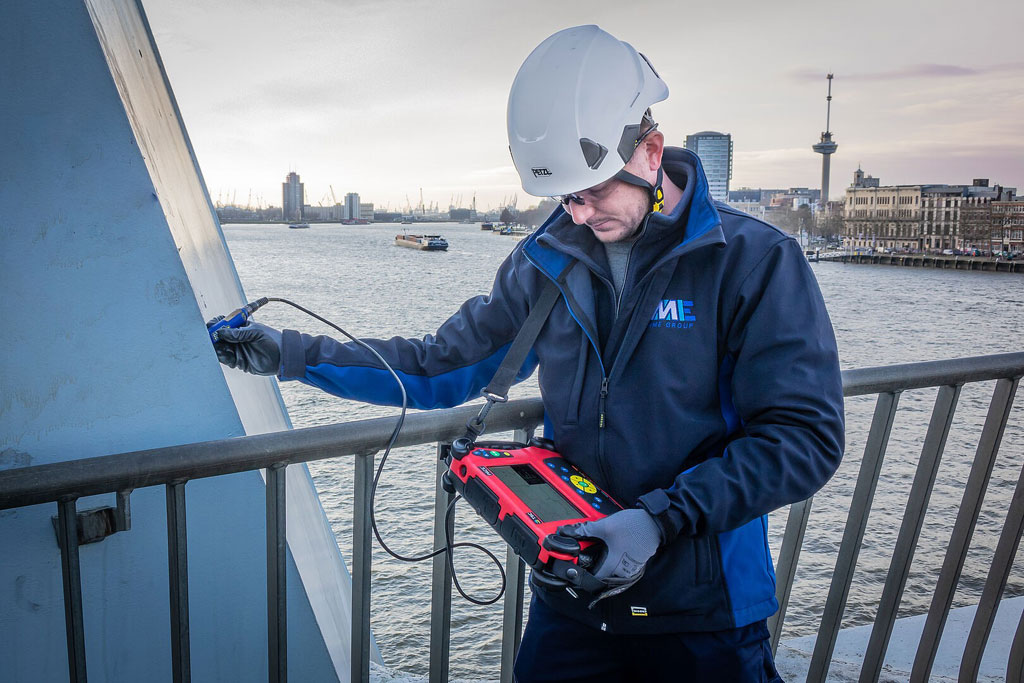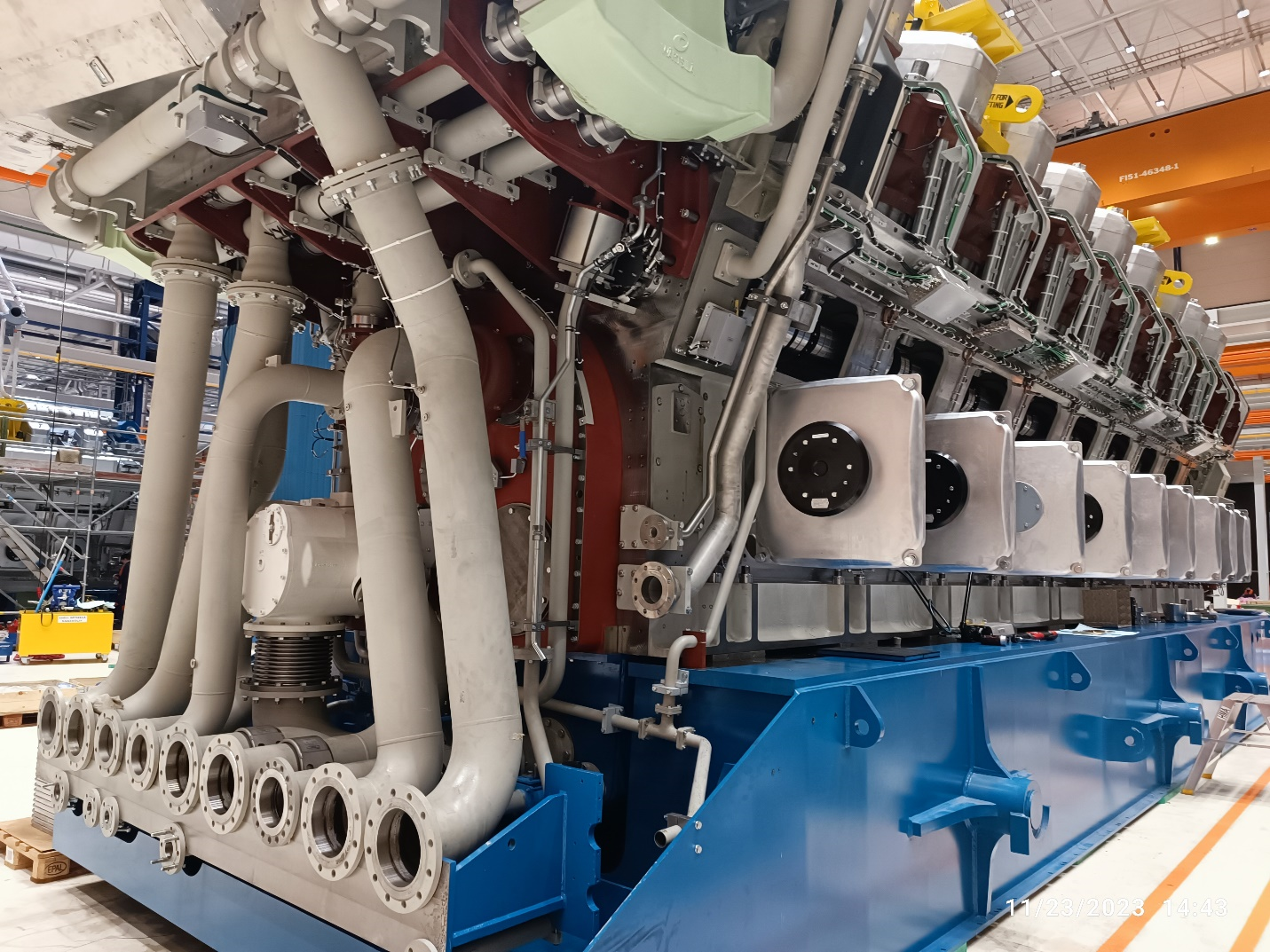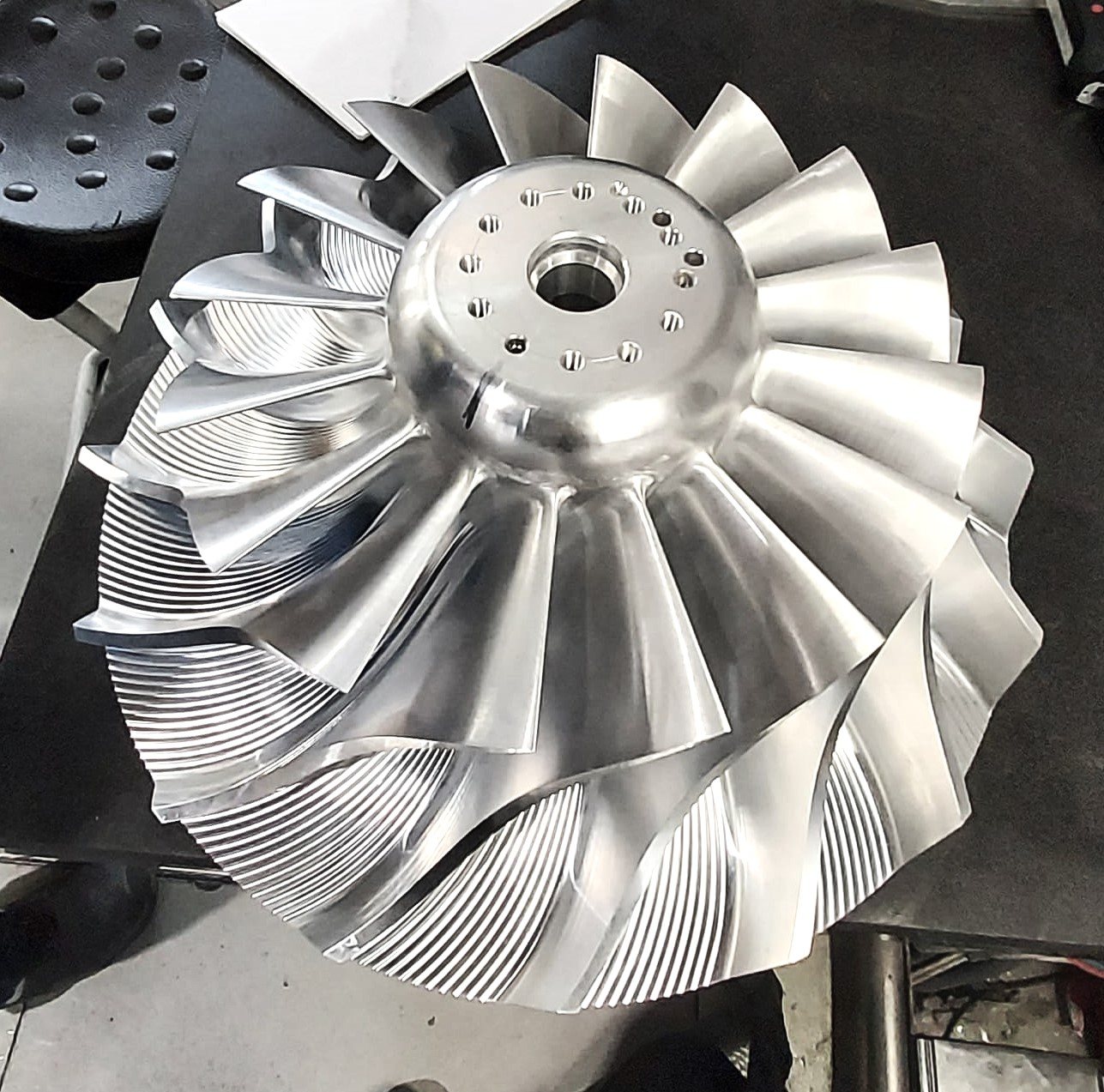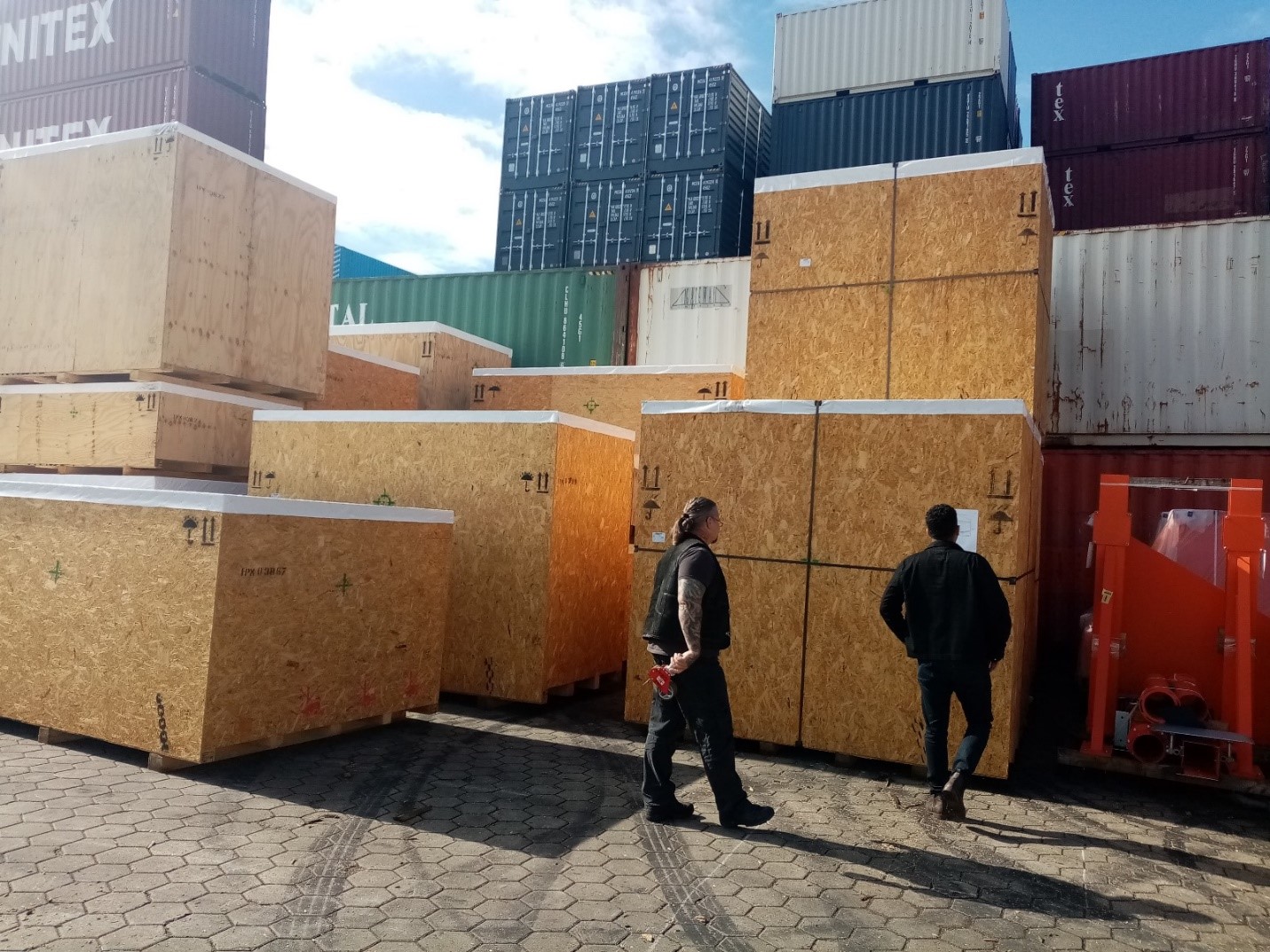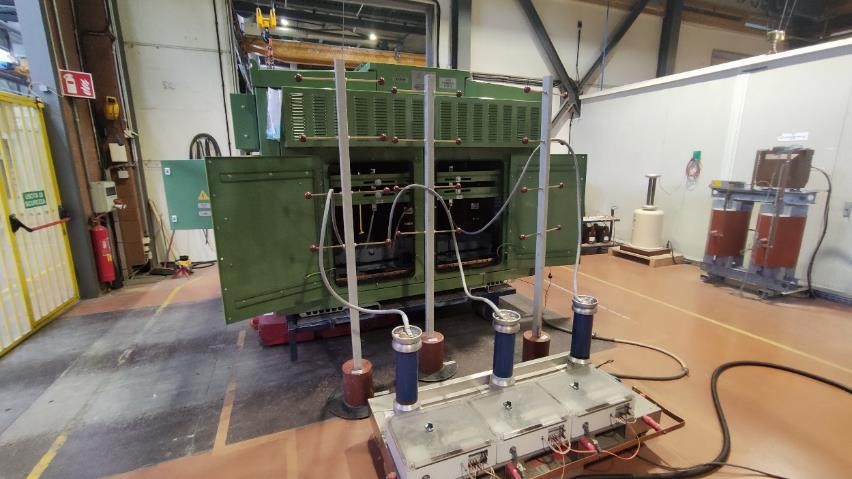Nowadays, due to the development of the oil, Gas, Petrochemical and energy industry, testing equipment and structures has become more important than in the past due to the costs of construction, installation, commissioning and maintenance in oil, Gas, Petrochemical and energy industry. Therefore, the AC field measurement technique, which is an electromagnetic inspection method, has been widely used in recent years to detect and measure surface cracks in the inspection of offshore and offshore oil and gas platforms, under and over water, pressure tanks, storage tanks. , Radioactive equipment and structures with paint coating have been used. Alternating Current Field Measurement (ACFM) inspection does not require surface cleaning such as discoloration and rusting and can be inspected for coatings or environmental contaminants, so it is known as one of the advanced non-destructive testing methods. It is noteworthy that due to the servicing of equipment at high temperatures in the oil and gas industry, this method has provided the possibility of inspection during servicing at high temperatures.
ACFM is an electromagnetic method used to identify and measure surface cracks in metallic materials and does not require any electrical contact with the surface to be inspected and therefore has a much faster inspection speed than Conventional methods. This method measures the exact value of the magnetic field and the changes in the magnetic field are the criteria for detecting cracks in it. The AFCM method is not sensitive to changes in magnetic permeability and distance to the workpiece, so it can be used to inspect coatings of different thicknesses and materials.
ACFM tools have been developed for both surface and submarine applications. These tools have a variety of manual and machine. The instrument of this method in the simplest case has a probe that includes a uniform magnetic field induction system and two magnetic field sensors. The tool also includes a laptop to analyze and display inspection information and results. Examples of ACFM tools for routine inspection and underwater inspection are shown in the following figures, respectively.
Advantages
The main advantages of ACFM method over conventional methods are:
1- Ability to measure crack length and depth simultaneously
2- Identifying and measuring defects from the coating up to a thickness of 10 mm and thus saving on inspection costs
3- No need to contact the surface and coplanum
4- More accuracy than conventional methods
5- Suitable for further inspection of electrical conductor materials
6- Ability to inspect at high temperatures, usually in the range of 500-400 ° C
7- Determining the exact location of defects in the inspection of exceptionally long parts by special software
8- Permanent recording of inspection results
9- Using this method as a machine and reducing its dependence on the operator and increasing the inspection speed
10- Creating a live report during the inspection and decision on the production process
11- Lack of sensitivity to material changes and therefore suitable for welding inspection
12- Measuring crack depth by theoretical models instead of calibration by standard sample and preventing problems such as magnetic flux difference in defects created in standard sample with crack and difference between standard sample material and inspected material
13- Ability to determine crack depth up to 25 mm
Limitations
1- Cannot be used for small parts and sections.
Parts of the weld that have been repaired or stoned may be known to be defective.
3- The length of the crack should be more than 5 to 10 mm.
4- The presence of several defects in one place prevents accurate detection of crack depth.
5- Low sensitivity to surface cracks
The importance of NDT in Heat exchange pipes
Heat exchange pipes are very diverse in terms of material in the petrochemical industry, such as: Stainless steel, admiralty brass, copper-nickel alloys, Hastelloy, titanium, monel®, nickel, Alloy 2205, ferric stainless steel, carbon steel, and carbon steel fin-fan tubing For this reason, there is no unique non-destructive inspection method that can be used to test different types of pipes. The available inspections are as follows: 1- Eddy current. 2- Complete saturation of eddy current 3- Whirlpool field 4-Magnetic field leakage 5- Ultrasonic 6- Laser Each of these methods has its own advantages and limitations, for example, the conventional eddy current method is very sensitive to the detection of cavities and wet but limited to non-magnetic materials, ultrasonic testing in thickness measurement The wall has a very high accuracy, but it has errors in detecting small defects such as small holes or cracks. The eye inspection method is also limited to defects inside the pipe. Therefore, choosing a suitable non-destructive testing method is the most important part in testing heat exchanger tubes.

